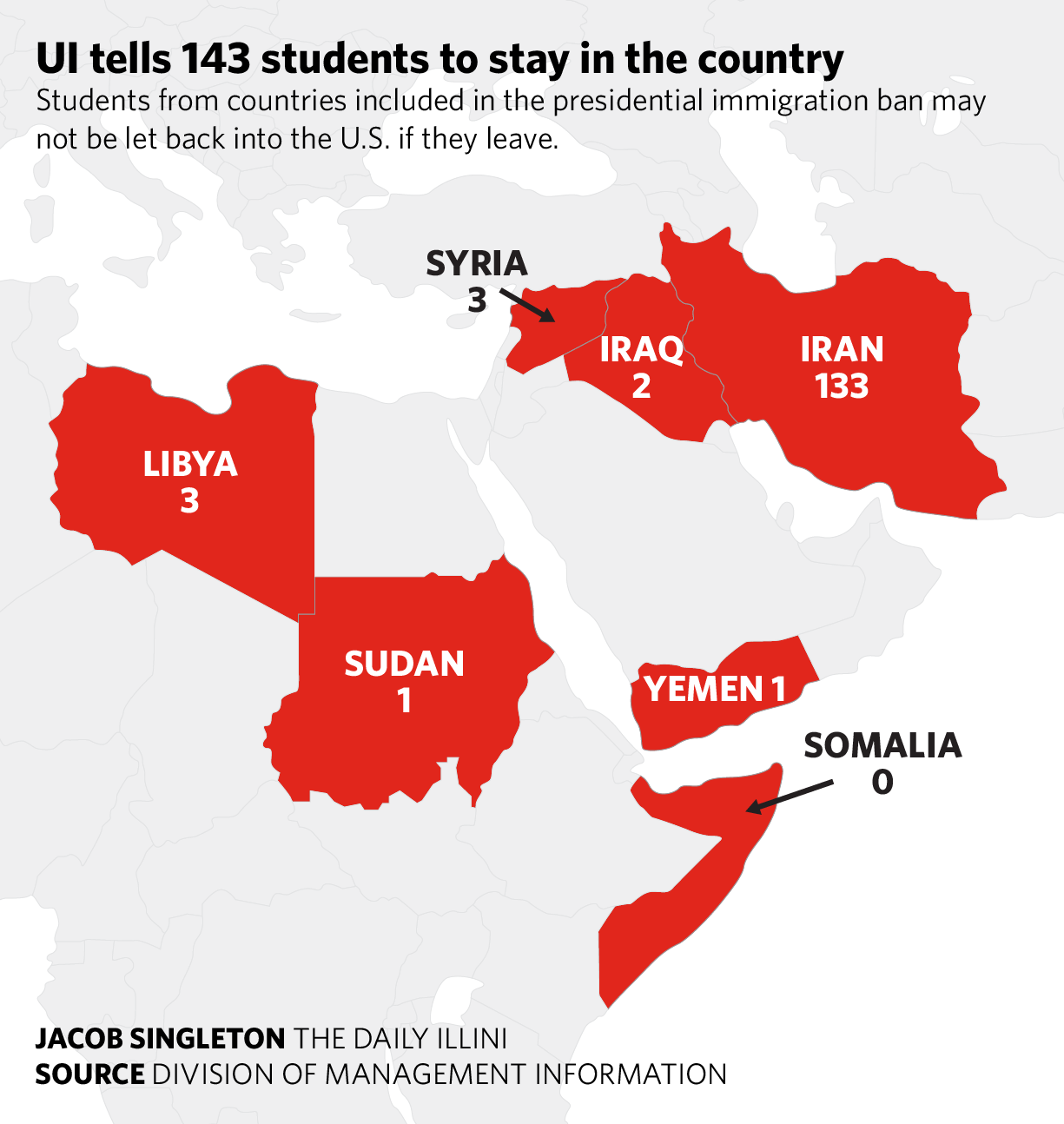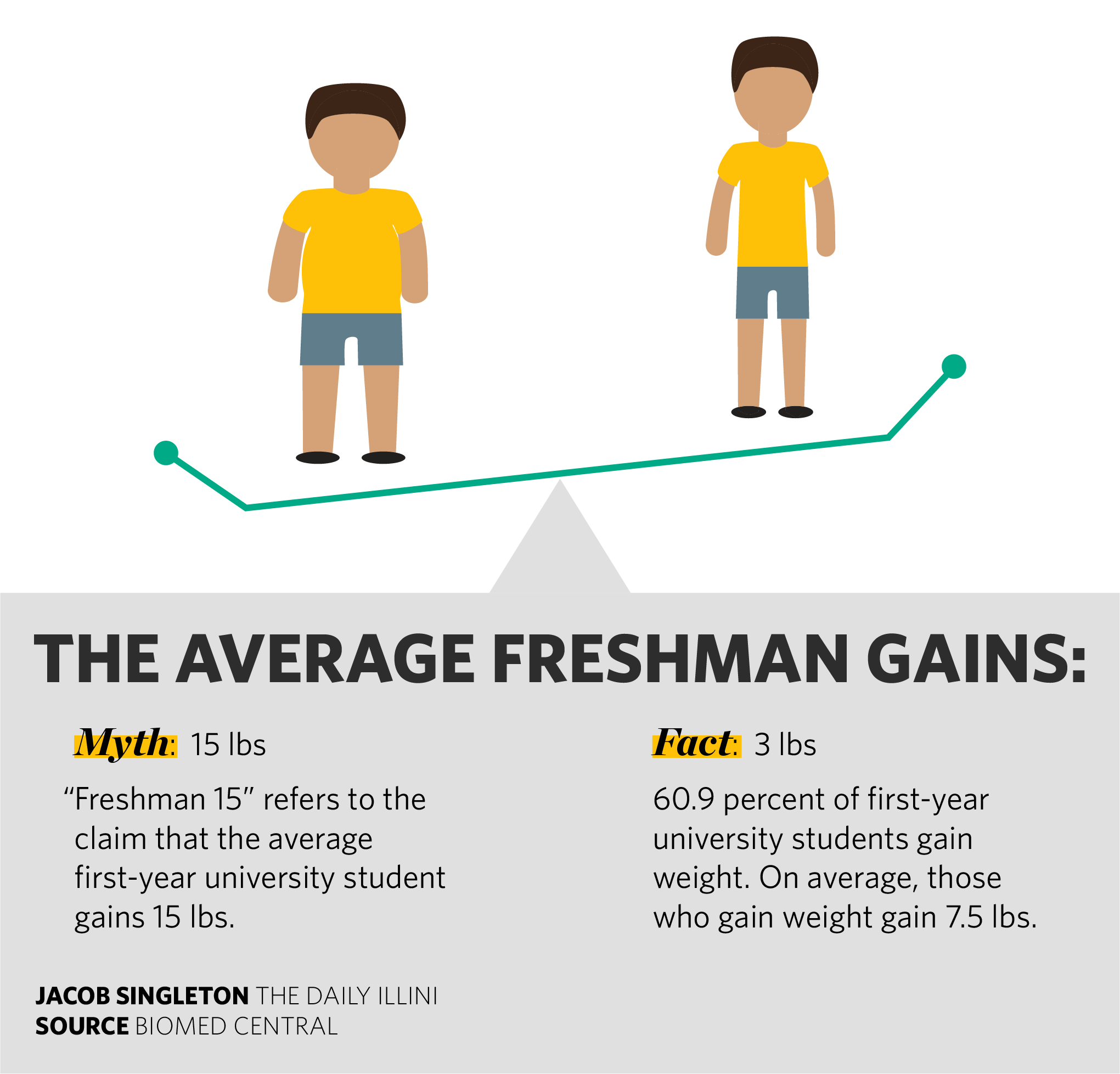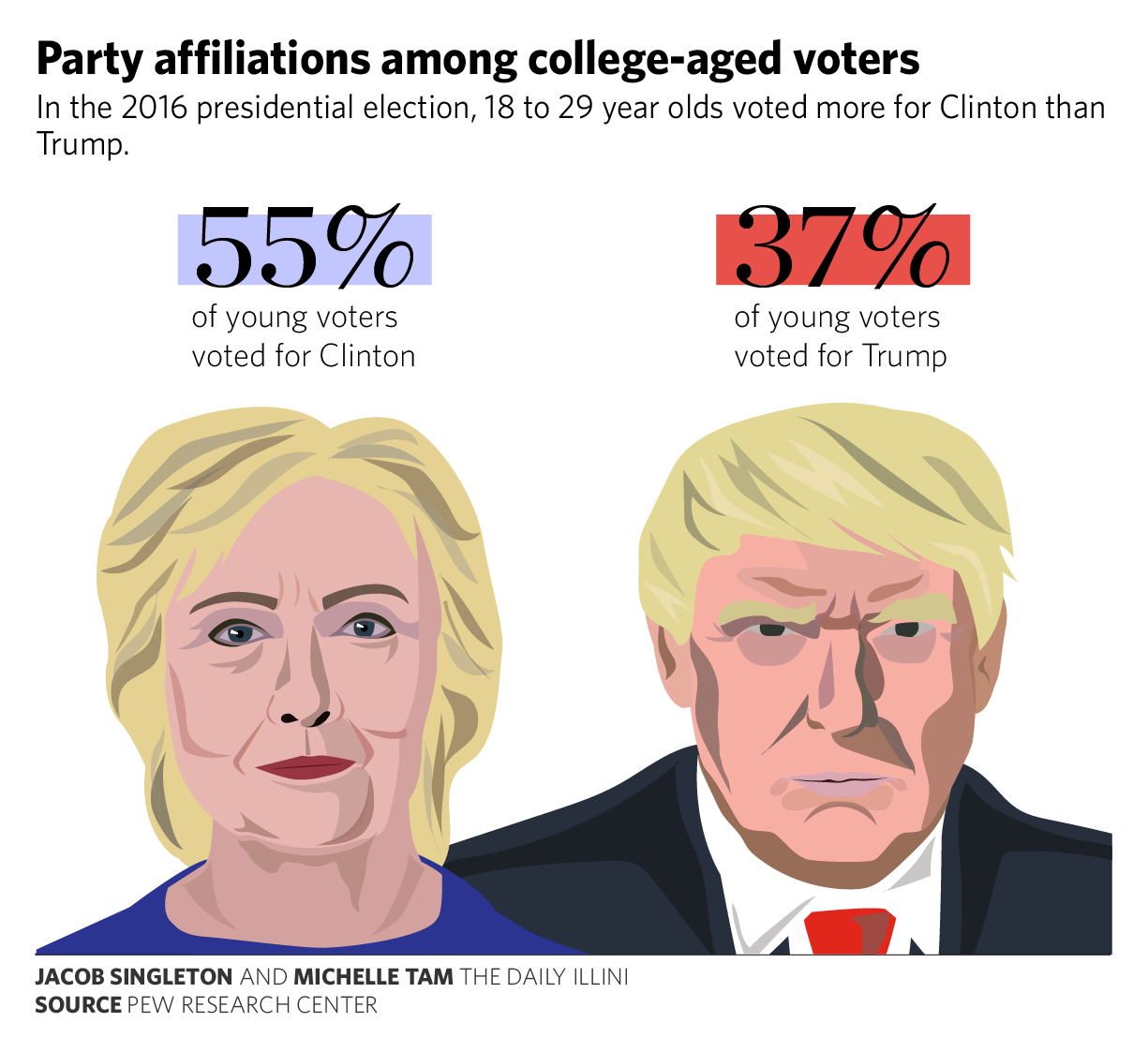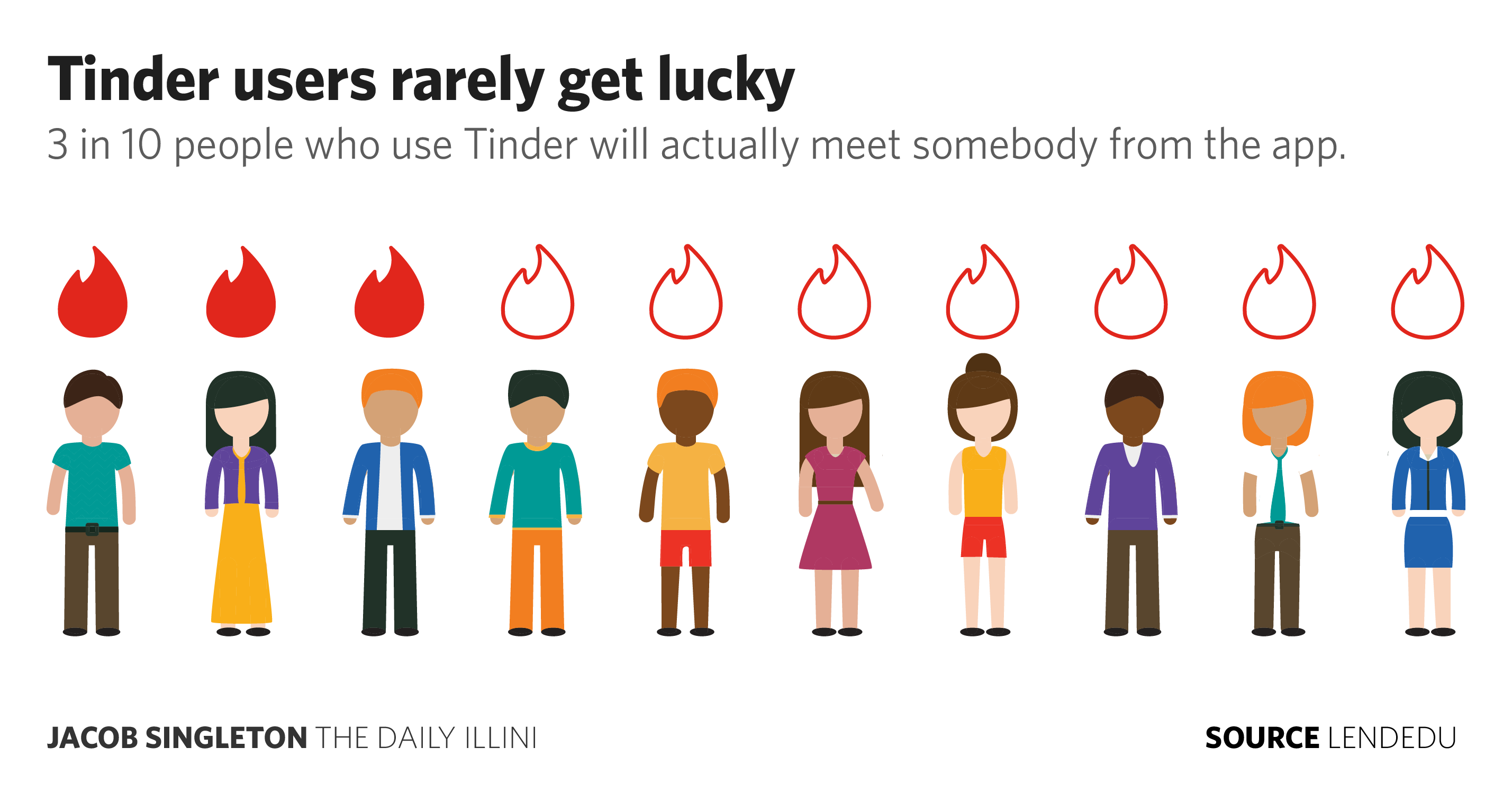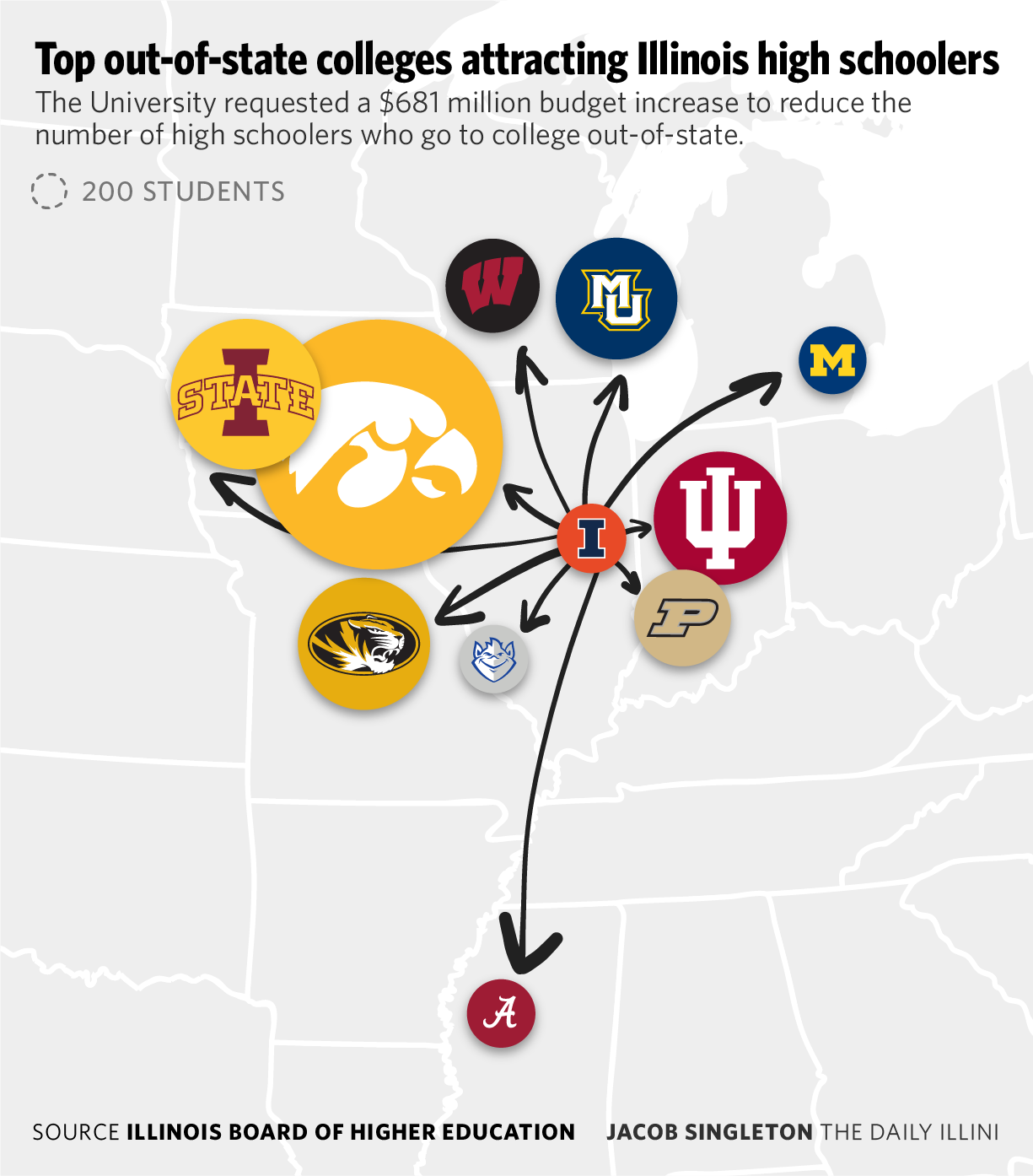When asked to create something visual, my mind immediately jumped to some of my past work. My past “visual projects” have been very focused on delivering complex data in a way that will grab readers’ attention for The Daily Illini.
I want this project to convey something I care about and think about daily, rather than a random, fleeting topic.
“No steps take you nowhere. Small steps take you somewhere.”
From the book The Slight Edge by Jeff Olson
I think the exigence of this quote is obvious, but it’s something we often forget. Rather than focusing on the small steps we can take, we focus on how insurmountable a task seems.
It relates to another quote I like:
“Don’t let perfection be the enemy of excellence.”
Can’t remember
I have to tell myself this frequently. For example, I know my cover letters aren’t perfect. But it’s better to apply to jobs with an excellent cover letter than not apply to any at all because you’re afraid it’s not perfect.
The following screenshot is what I have so far. I want to add two people on the tracks to success (words), with their goals (a door with light) at the end. The top person is standing still, confused, and the bottom person is happy, taking small steps.

Is this a serious enough “argument?” Please like, subscribe, and leave your thoughts in the comments section below.
